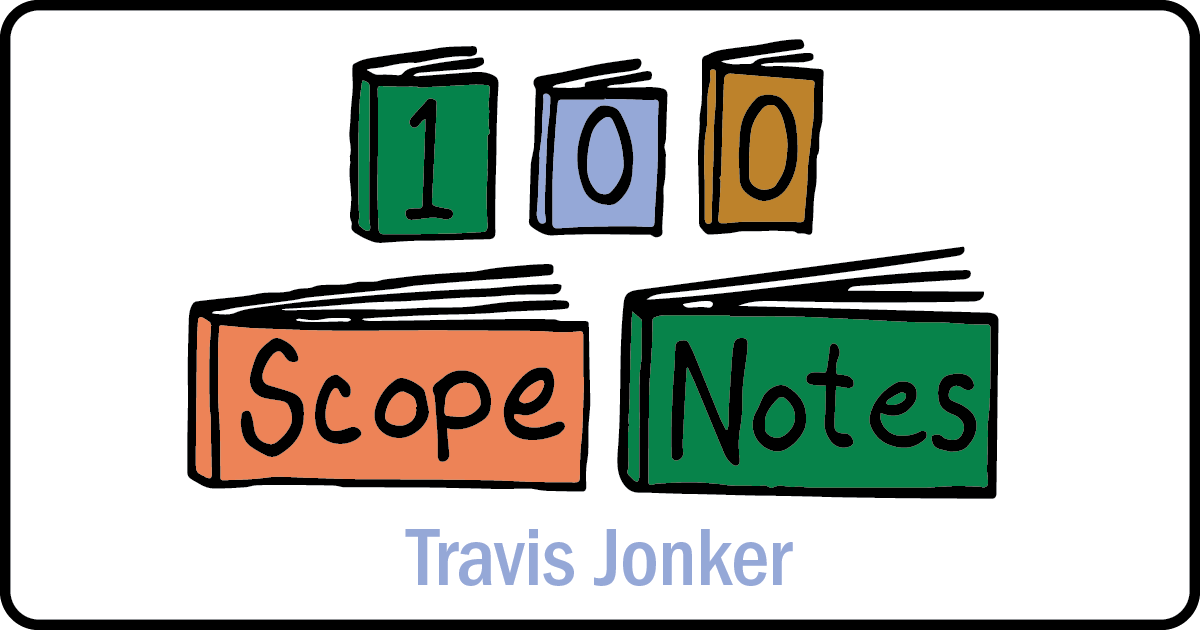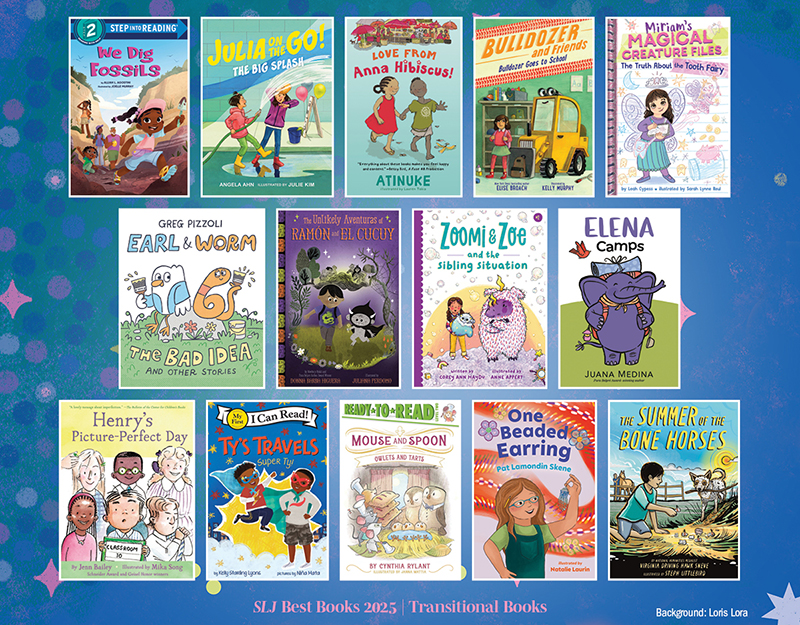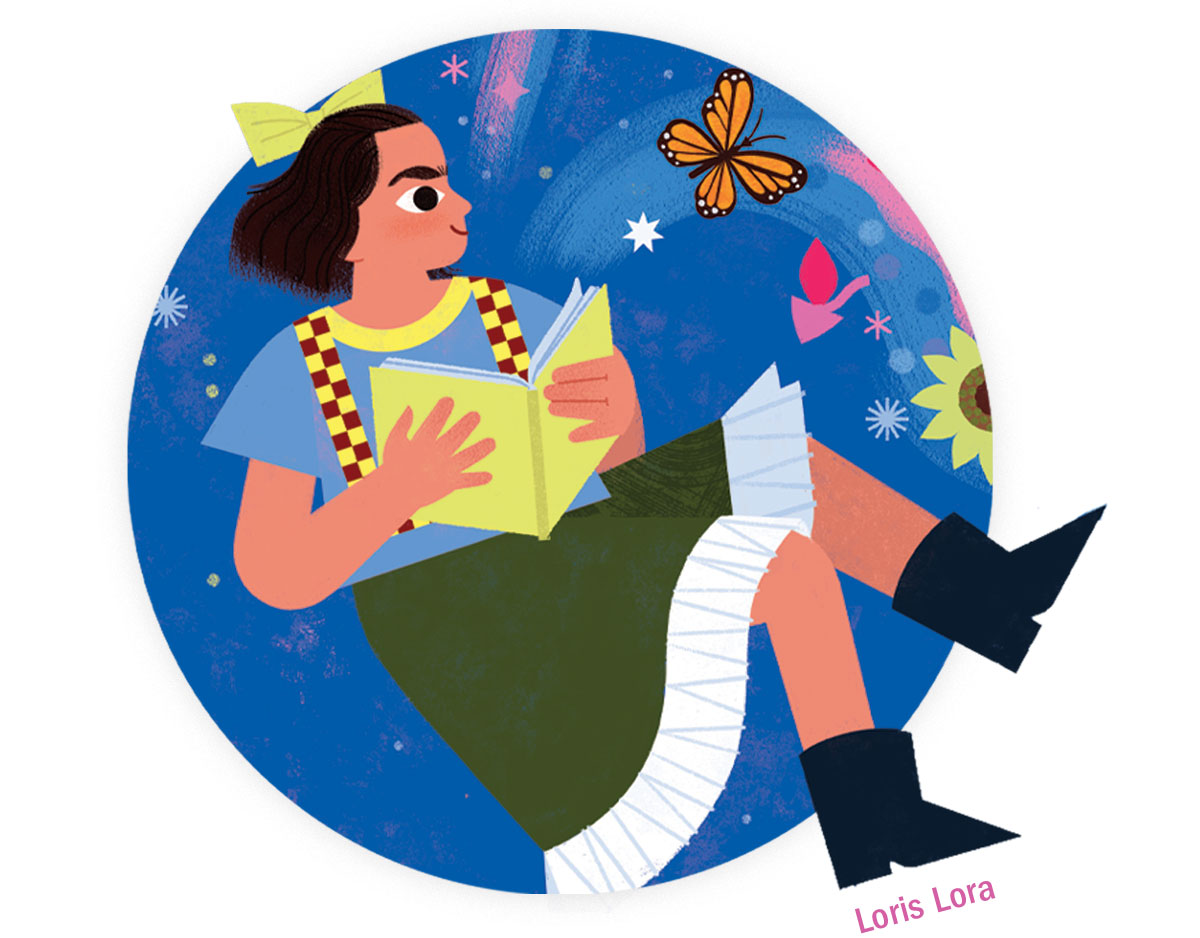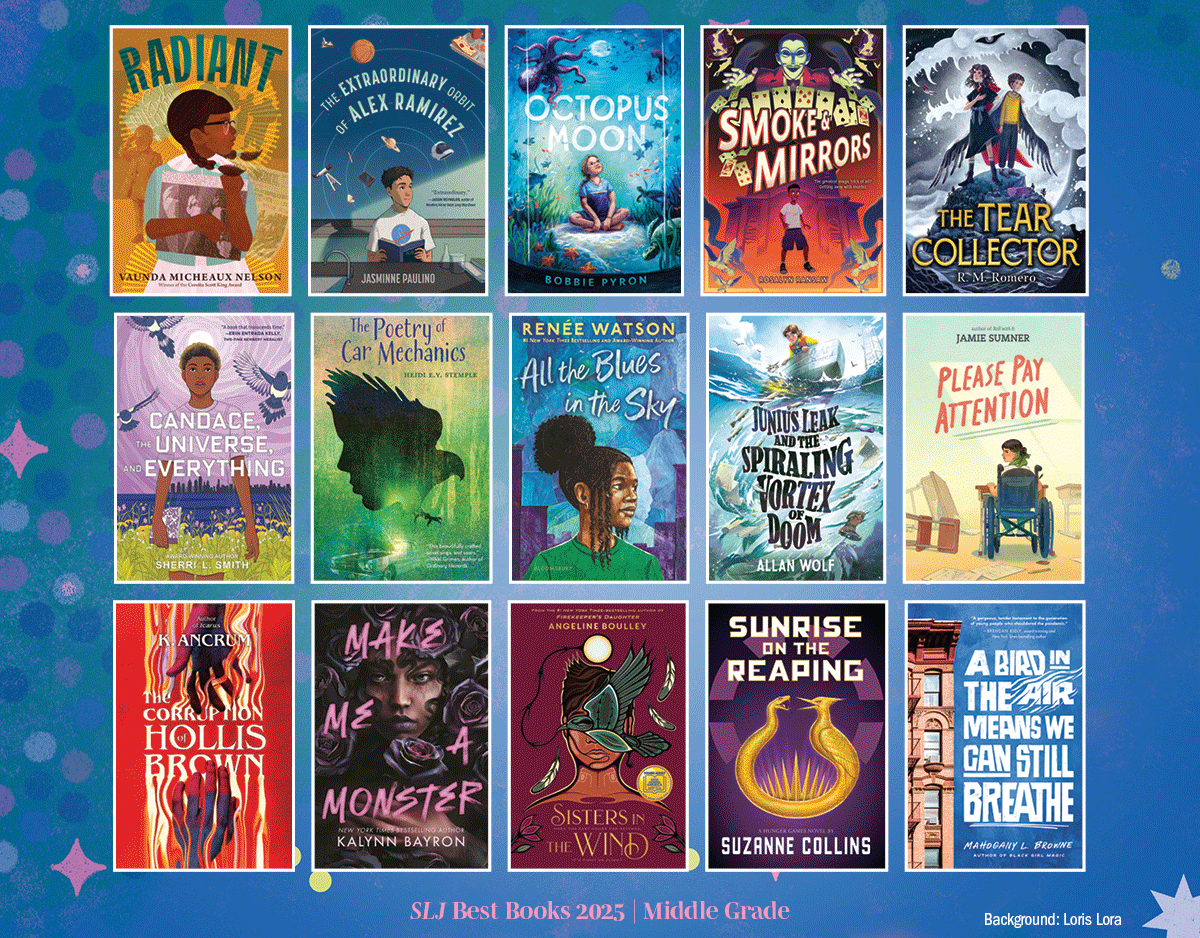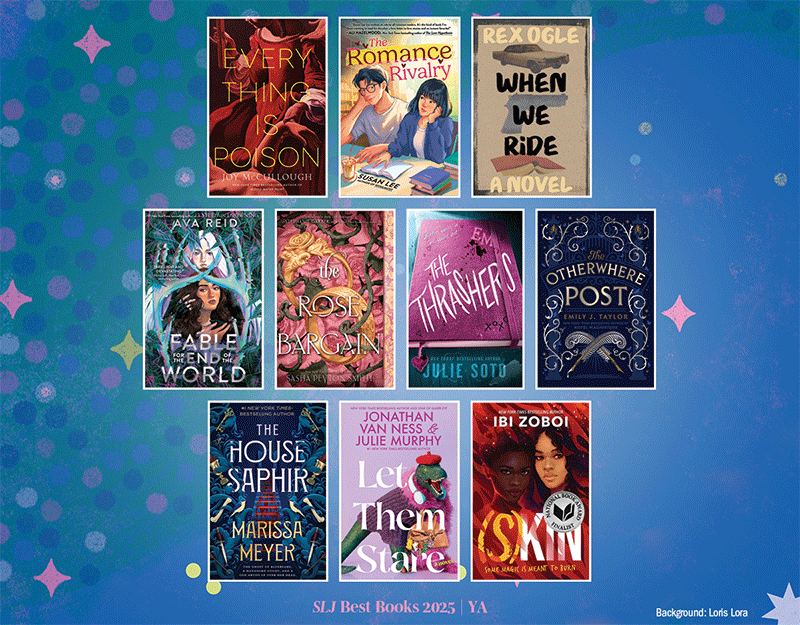From Middle Grade Novel to Netflix: A Conversation with Adam Gidwitz about A TALE DARK & GRIMM

Last week I mentioned that A Tale Dark & Grimm, written by Adam Gidwitz, is now an animated series on Netflix.
How did this happen? I asked Mr. Gidwitz about it.
ADVERTISEMENT
ADVERTISEMENT
Travis: Hi Adam! I feel like the A Tale Dark & Grimm trilogy has had such a long life after being published, whereas most books fade fairly quickly. Why do you think folks have responded so well to it?
Adam Gidwitz: I think there are two reasons why ATD&G has been popular for more than a decade now.

The first is that it combines humor and horror—and lots of both. I don’t think there are enough books out there that do this, books that really lean into the laughs—and really lean into the screams. They work together so beautifully, horror and humor.
Horror ratchets up the tension, and humor releases it—which allows the writer to start ratcheting it up again.
Horror makes you feel alone and afraid—and therefore brave. Humor makes you feel taken care of, and seen—and therefore loved.
(Humor makes readers feel seen because making someone laugh usually necessitates knowing what they’re thinking—either you play with their expectations, or you reflect their innermost thoughts in a way that surprises and satisfies them).
Making the reader feel seen is actually the second reason that, I think, A Tale Dark & Grimm continues to do well. I wrote it because I was telling a terrifying Grimm fairy tale to kids—and warning them about the impending blood and gore and murder all the time. When I finished, one of them came up to me, stuck her finger in my face, and said, “That was good! You should make that into a book.” A Tale Dark & Grimm not only comes out of the long and brilliant oral tradition of Euro-asian fairy tales; it also comes very directly out of telling these stories to kids. I wrote the book in dialogue with my young audience—telling them stories and listening to their reactions.
Every reader wants, most of all, to be seen and understood by a book. A Tale Dark & Grimm makes lots of kids feel seen.
TJ: How did the adaptation process begin? Was it an out-of-the-blue call from Netflix, or had you been working toward turning A Tale Dark & Grimm into an animated series?
AG: It was an out of the blue email, to my website, from someone who identified himself as a Hollywood producer. I didn’t believe him, when I read the email, because he said he’d gotten my book out of the public library in his neighborhood of L.A. I was certain that he was lying, because how many Hollywood producers go to the public library? But I had a phone call with him, and his story seemed to check out. So we had another phone call, and another.
Years ago, the genius who had adapted Coraline into a film, Henry Selick, had been set to do the same to A Tale Dark & Grimm. Which would have been phenomenal. But we kept running into a brick wall. The book has ten chapters, each one its own fairy tale. There didn’t seem to be enough time to tell the whole story properly in movie form. Movies tell short stories really well. My book was more episodic. So we gave up.
But with the boom of streaming content, suddenly, episodic wasn’t a bad thing! So this public-library using Hollywood producer (his name is Chris Henderson) proposed making A Tale Dark & Grimm into a 300 minute movie, broken into ten episodes, following the ten chapters of the book. And that’s what really catalyzed this to happen. He got together an amazing group of people—a director, character designer, art designer, and more producers—and we eventually took it in to Netflix, knowing that they were looking for content for families to watch together.
And what better for families to watch together than a show about parents decapitating their children?
TJ: Ha! Indeed. Adapting a story for a new format always leads to changes. How involved were you? What elements of the story did you want to stay the same as the books? What did you realize that you needed to change?
AG: To the credit of the entire creative team, I got to be really involved. I was in the writer’s rooms (we met in LA twice, for a few days each—and then, in the middle of the second meeting, Tom Hanks got COVID and the whole world shut down). I got to read all the scripts and give notes. Then I got to watch all the animatics, which are like rough drafts of the episodes, and give notes again.
ADVERTISEMENT
ADVERTISEMENT
What most needed to change, from the book to the show, is that you can get away with being much more explicit in a book. You can talk about what it’s all “about”—you can discuss the themes. So, for example, a theme in the book is under-standing, in the original meaning of the world: to stand under someone, and hold them up, and support them. Well, getting into etymological symbolism is a little clunky on screen. So we tried to show the importance of under-standing, without talking about Old English at too much length.
TJ: Do you have a favorite episode of the series?
AG: Two. Episode four and episode seven. Episode seven features the talking ravens, who became stand-ins for my narrative presence in the book. The improvisatory work of the two actors, Scott Adsitt and Ron Funchess, is one of my favorite things about the show.
TJ: My final, important question: What snack puts you in peak creativity mode?
AG: Chocolate covered cashews. I can write a whole novel in an afternoon when I’m pounding those. At least, that’s what it feels like. Usually, it’s just a couple of paragraphs. But those paragraphs feel good.
Adam Gidwitz is the author of the bestselling A Tale Dark & Grimm and its companions; the Newbery Honor book The Inquisitor’s Tale, and the bestselling Unicorn Rescue Society series. He tells creepy fairy tales live to kids on his podcast Grimm, Grimmer, Grimmest. A Tale Dark and Grimm is now an animated series and premiered as one of the top ten most watched shows on all of Netflix, both in the United States and in countries around the world.
We interviewed Adam for The Yarn podcast a few years back, talking all about A Tale Dark & Grimm. It was a great episode:
Filed under: Authors
About Travis Jonker
Travis Jonker is an elementary school librarian in Michigan. He writes reviews (and the occasional article or two) for School Library Journal and is a member of the 2014 Caldecott committee. You can email Travis at scopenotes@gmail.com, or follow him on Twitter: @100scopenotes.
ADVERTISEMENT
ADVERTISEMENT
SLJ Blog Network
31 Days, 31 Lists: 2025 Picture Books
Calamity Before Jane | This Week’s Comics
From Policy Ask to Public Voice: Five Layers of Writing to Advance School Library Policy
Take 5: Mystery, Thrillers & Horror I Can’t Wait to Read in 2026
ADVERTISEMENT

